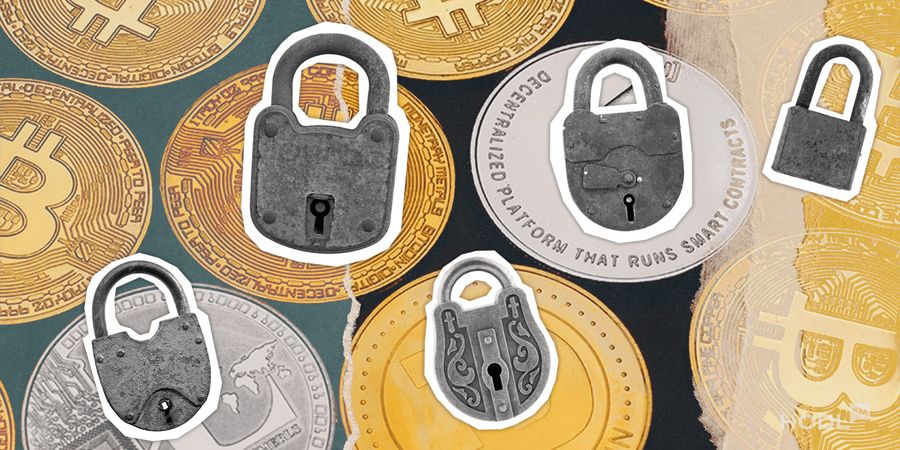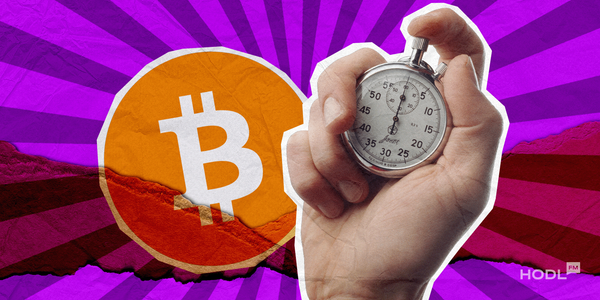Cryptojacking throws a curveball in the world of cybercrime, sneaking into other people’s devices for unauthorized cryptocurrency mining adventures. Think of cryptocurrency as the tech-savvy cousin of traditional money, brought to life through intricate math challenges. Mining is like cracking these challenges, earning digital rewards as a nod to your brainpower.
Now, let’s get real. Anything connected to the Internet – laptops, phones, even servers – can get caught in this web. The result? Sluggish devices, drained batteries, high electricity bills, overheating hardware, exposed secrets, and vulnerability to other digital nasties. We’ll get into that a bit later though.
Why’s this happening? Blame it on a mix of factors: the cryptocurrency hype (Bitcoin and Monero taking the spotlight), hackers using stealthy code on websites or apps, lack of awareness, and law enforcement cracking down on other cybercrimes like ransomware. Reports say cryptojacking cyber attacks jumped by 30% in the first half of 2022, which is clearly a red flag for all of us.

How Does Cryptojacking Work?
Cryptojacking does its thing by slipping sneaky code onto someone’s gadget, letting the attacker harness its brainpower for cryptocurrency mining joyrides. There are two major cryptojacking tricks up the sleeve:
- Browser-based Cryptojacking
This works by sneaking in a mining script into a website or an online ad. So when someone strolls into that site or clicks on that ad, the script goes ninja in the browser’s background, gobbling up the device’s CPU to mine cryptocurrency. The user might not even sniff out a whiff of cryptojacking.
- File-based Cryptojacking
Another way of doing that is by injecting malware that tosses in a mining program. This can be delivered to your device through phishing emails, shady downloads, or fake updates. The mining program? It throws a party in the device’s background, using both CPU and GPU to dig up cryptocurrency treasure. Again, no alarms going off for the user.
Signs of Cryptojacking
Here’s what to watch out for if you are worried about being a victim of cryptojacking:
- Sluggish Showdown
If your device suddenly transforms into a digital sloth, you may want to blame it on cryptojacking. All that computing muscle it’s flexing for mining can slow down its pace. You might spot lagging apps, freezing screens, crashes, or just an overall sluggish vibe.
- Device overheating
Feel like your device’s turning into a hot potato for no apparent reason? That could be the work of cryptojacking. All that digital digging cranks up the temperature. Your device might feel like it’s auditioning for a sauna session. And hey, if your fan’s suddenly roaring like it’s at a rock concert, that’s a clue too.
- High power consumption
Here’s a shocker – cryptojacking’s a power hog. Your device munches on energy like it’s a buffet to do all of the math it needs for mining. Suddenly, your battery’s empty, and your electricity bill’s up.

Risks and Consequences
All of those things above can be irritating, but let’s talk risks:
- Productivity Pinch: Cryptojacking slows your device to a crawl, messing with your work mojo. Servers or clouds in the line of fire? Brace for chaos.
- Cash Drain: Cryptojacking loves power, sucking your electricity and hardware budget dry. If you are a business owner, your reputation might take a hit too, along with your wallet.
- Security Shakeup: Ransomware can put the privacy of your data on shaky ground, too.
Prevention and Protection
Want to give cryptojacking the cold shoulder? Here’s your playbook.
Make sure your router and cloud configurations are secure
Cryptojackers love bad online security. Don’t give them a chance. Shield your router and cloud with robust passwords, encryption, and firewalls. Keeping them locked down means no unauthorized entry or hijinks allowed.
Do not click on weird links or attachments
Pause before you click. Those odd links or attachments might be cryptojacking’s calling card, delivered through phishing emails or social media. Keep your clicking finger in check and steer clear of sketchy downloads.
Use a trusty antivirus software and browser extensions
Antivirus software is your digital guard against cryptojacking malware and its shady pals, among other things. Keep it fresh with updates and patches—your device will thank you. Ad blockers and anti-cryptojacking browser extensions, as long as disabling javascript in your browser, will also come in handy.

Tools and Anti-Malware Solutions
When you want to shield your digital space from cryptojacking, these trustworthy anti-malware tools have your back:
NoCoin and MinerBlock
Imagine them as your browser’s bodyguards. These add-ons are like watchful eyes that keep an eye out for cryptojacking scripts. They make sure sneaky domains and sources don’t even get a chance. Plus, they’re quick to spot and shut down anything fishy happening in your browser.
Malwarebytes Premium
This one’s a real powerhouse against digital troublemakers. It blocks CoinHive and others of its kind, along with ransomware, spyware, and phishing threats.
Microsoft Defender for Endpoint
Think of it as a sturdy shield for your device. It teams up with Intel Threat Detection Technology (TDT) to sniff out cryptojacking villains. This dynamic duo uses smart learning and low-level CPU tracking to catch the malware. Plus it brings other features like threat intelligence, vulnerability management, and incident response.
Safe Browsing Habits
Dodge Phishing and Scams: Spot fishy emails. Don’t open suspicious ones or click odd links. Verify sender details, content, and URLs before clicking. In general, safe browsing is the most important thing of all times, yet the most basic one that is taught at any cybersecurity seminar.
Choose a Secure Browser: Opt for a browser that safeguards your privacy, blocks harmful ads, and alerts you about risky sites or downloads.
Use a VPN: Employ a Virtual Private Network (VPN) to encrypt your online moves and mask your IP address. It shields against hackers, third parties, and lets you access censored or geo-restricted content.
Strengthen Passwords and Two-Factor Security: Create lengthy and a bit more complex passwords different for each account. I know we used to have the same password for all of our accounts online, but you can’t do that anymore if you want to stay safe. Besides, the annoying two-factor authorization that we all hate is actually another good addition to prevent you from cyber threats. Do not ignore it.
Stay Up to Date: Regularly update software and devices to close security gaps targeted by hackers. Keep your OS, browser, antivirus, and apps current.
More Info:
- Wash Trading: What Is It and How Does It Work?
- The Role of Cryptocurrencies in Cross-Border Trade and Supply Chain Financing
- Navigating the Crypto-Tax Labyrinth: A Field Guide for Cryptocurrency Adventurers
Cryptojacking may have extremely harmful and unpleasant consequences to anyone, except for the cryptojackers (short-term, I hope). It has become a major concern recently as the economy begins to embrace crypto, and as we, users, make it more popular; it is kind of predictable that any type of new technology, or pretty much anything new that occurs around us, creates an avenue for those wanting to steal it or use it against us.
However, there is no reason to be worried; nobody can get the cryptojacking malware into your computer if you give it just the right amount of protection. Besides, many of the solutions we have been using against other, earlier types of malware, is universal and can be used to combat cryptojacking, too. Browse wisely and use protection, and you’ll be safe.
Disclaimer: All materials on this site are for informational purposes only. None of the material should be interpreted as investment advice. Please note that despite the nature of much of the material created and hosted on this website, HODL FM is not a financial reference resource and the opinions of authors and other contributors are their own and should not be taken as financial advice. If you require advice of this sort, HODL FM strongly recommends contacting a qualified industry professional.




